Singapore’s success in managing congestion
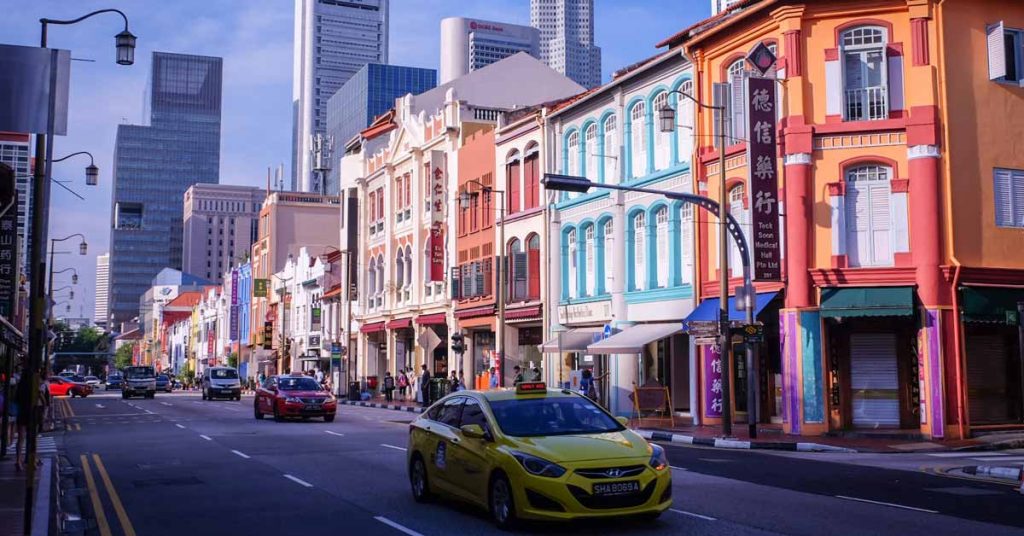
Following our recent post on congestion charging in New York City, we’ve updated one of our most popular posts to continue the discussion on strategies to reduce traffic congestion. Let’s explore Singapore’s recent advancements in their “two-prong” carrot and stick strategy to tackle congestion: implementing a harsher and more advanced “user pay” strategy alongside premium […]
Artistic pedestrian crossings – a controversial intervention
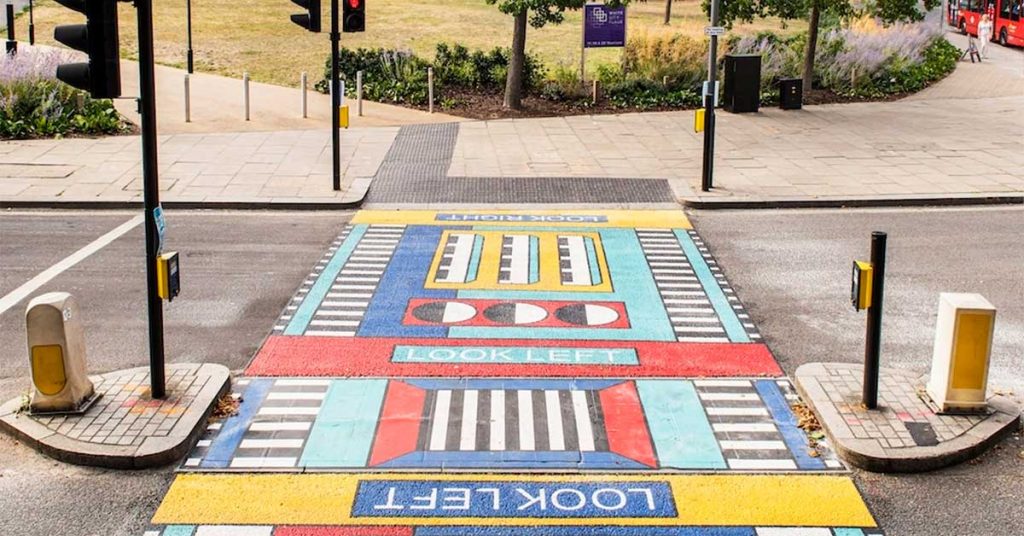
Artistic interventions on streets are part of placemaking and tactical urbanism strategies implemented in cities around the world. As a recent example from London, an artwork by Camille Walala (image above[i]), prompted us to write a post about these beautiful but sometimes controversial installations. These projects are usually welcomed by the community but, in some […]
Cycle lanes do not harm local businesses
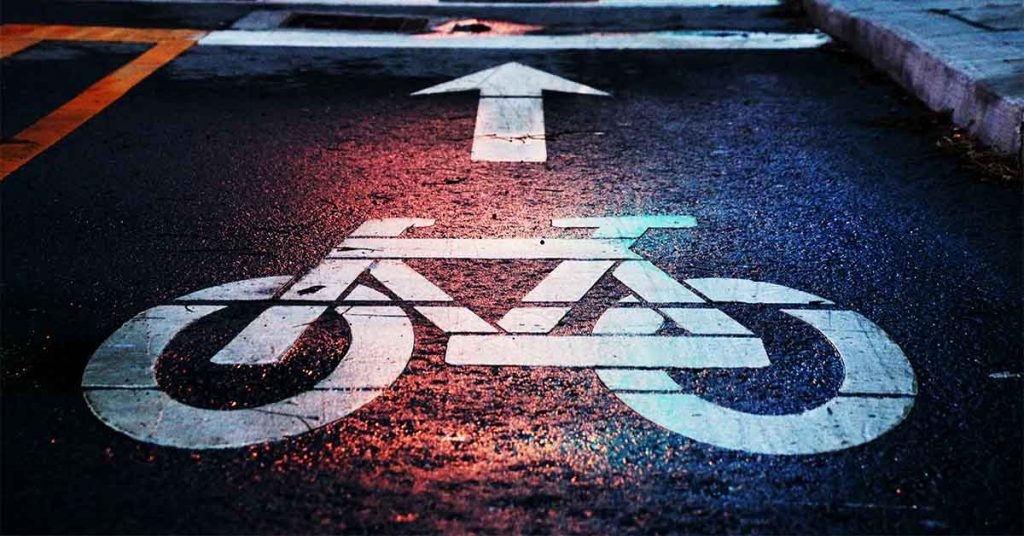
As the restrictions are gradually eased in Australia, cities prepare for more people returning to their workplace. Sydney is implementing pop-up cycle lanes and Melbourne is fast-tracking the delivery of 40km of new lanes. Both initiatives aim to provide a safe alternative for people to move around whilst, hopefully, removing cars from the road and […]
Change staff travel mode and save tonnes of carbon emissions per year
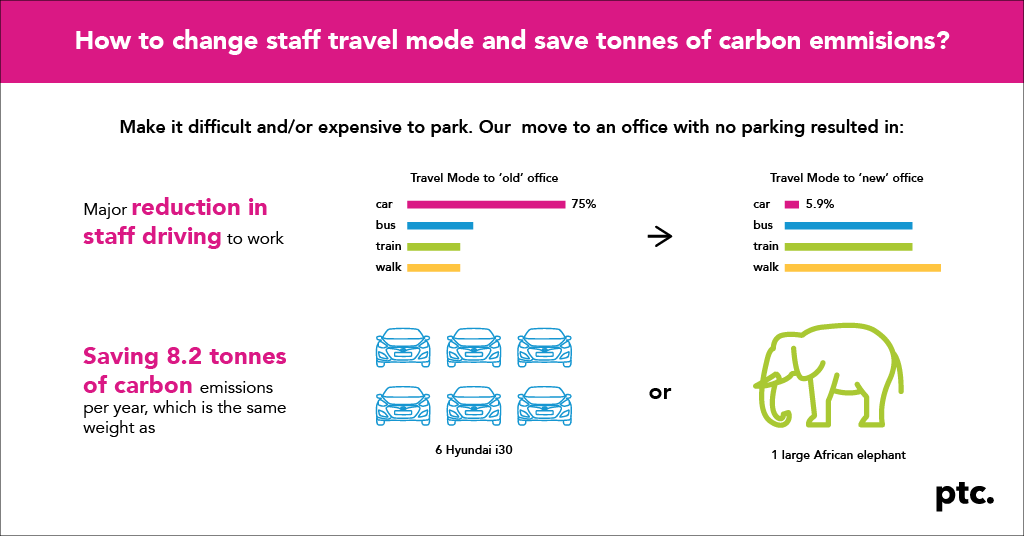
In September 2019, the ptc. family moved into a new home at 1 James Place, North Sydney. Located just 1.3kms from our previous address in Cammeray, the new office, with its stunning wraparound views, has been a hit with both staff and clients. Interestingly, despite the short distance of the move (admittedly closer to […]
The hospital parking paradigm
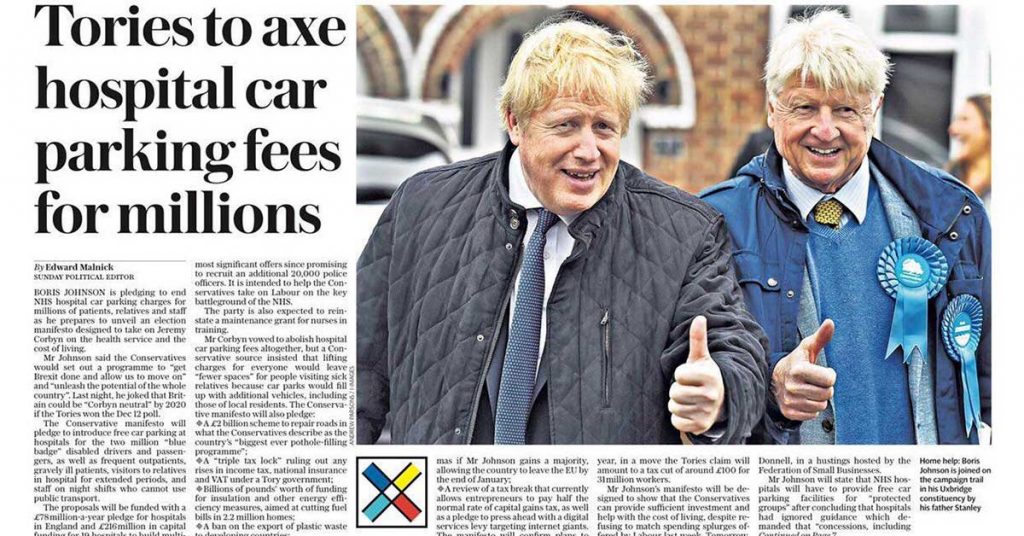
As part of their election campaign, the Conservative Party in the UK is proposing to provide free hospital parking for a range of people including disabled drivers and passengers, frequent outpatients, gravely ill patients, visitors to relatives in hospital for extended periods and staff on night shifts who cannot use public transport. According to The […]
Commuting behaviour affects employee productivity
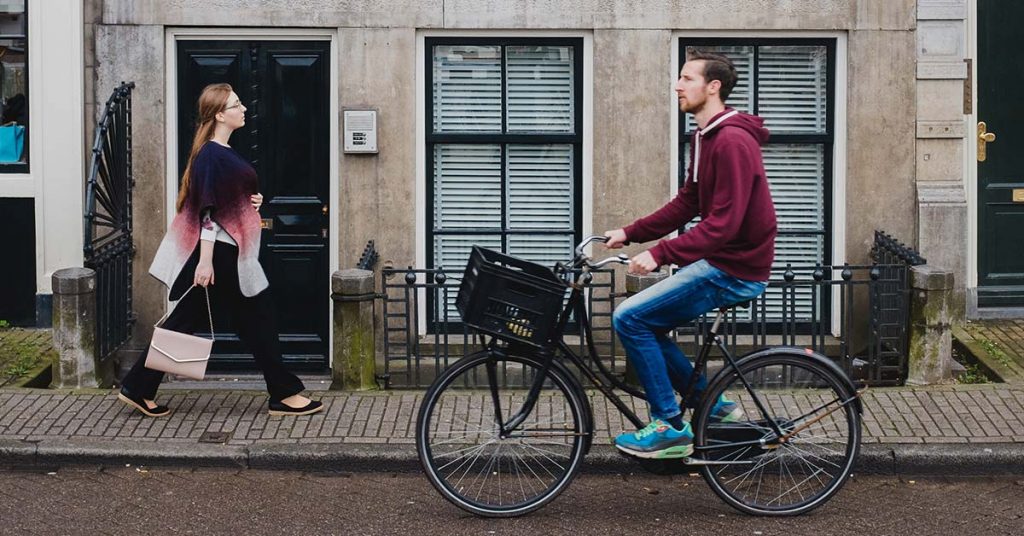
A 2019 study investigated the relationship between daily commuting behaviour and employee productivity levels. The results point out that not only the commuting distance but also the transport mode affects employee performance and happiness. Commuters travelling short-distances by active transport modes (walking or cycling) reported being more productive. They also associated positive feelings to their […]
The sound of the future

One of the main concerns with the advent of EVs on our roads is the fact that they are substantially silent. Pedestrians are already having trouble dealing with traffic as they are distracted by phones, etc. and these risks to become a bigger problem with cars that cannot be heard at all. Apart from the […]
Lane Cove Council’s $2.9 million cycling infrastructure plan

Lane Cove Council plans to invest $2.9 million in new cycling facilities in an effort to encourage cycling uptake and improve the experience of current cyclists. In particular, the plan aims to attract two types of cyclists, the Enthused and Confident and the Interested but Concerned[1]. The four categories of cyclists are: Strong and Fearless: […]
Can commuter car parks reduce congestion?
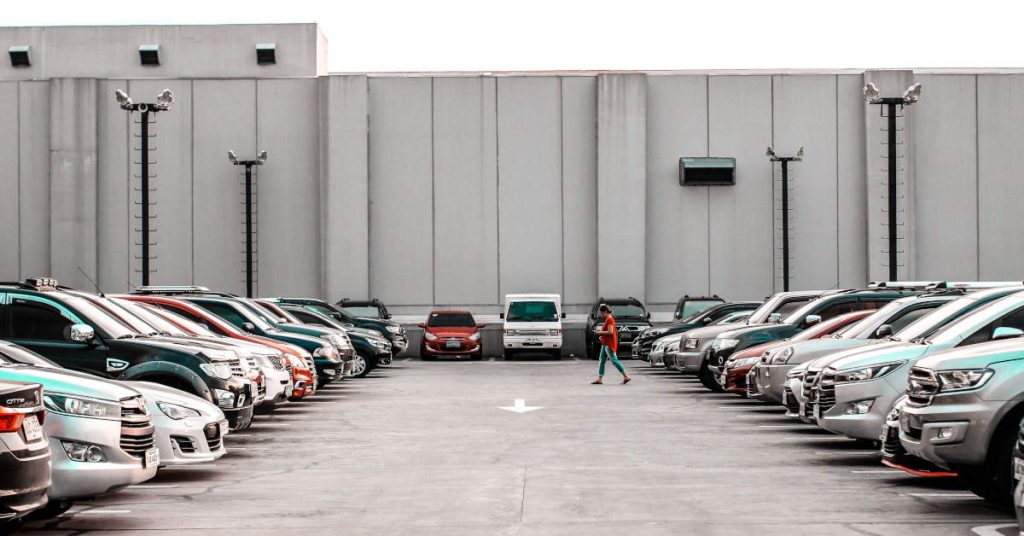
An interesting article published on The Conversation discusses the government’s Commuter Car Park Fund, a $500 million, ten-year package to facilitate commuters from suburbs and regions to drive to the nearest railway station with the objective of removing cars from the roads. The key question asked by the authors with regard to this package […]
Sydneysiders are embracing share bikes
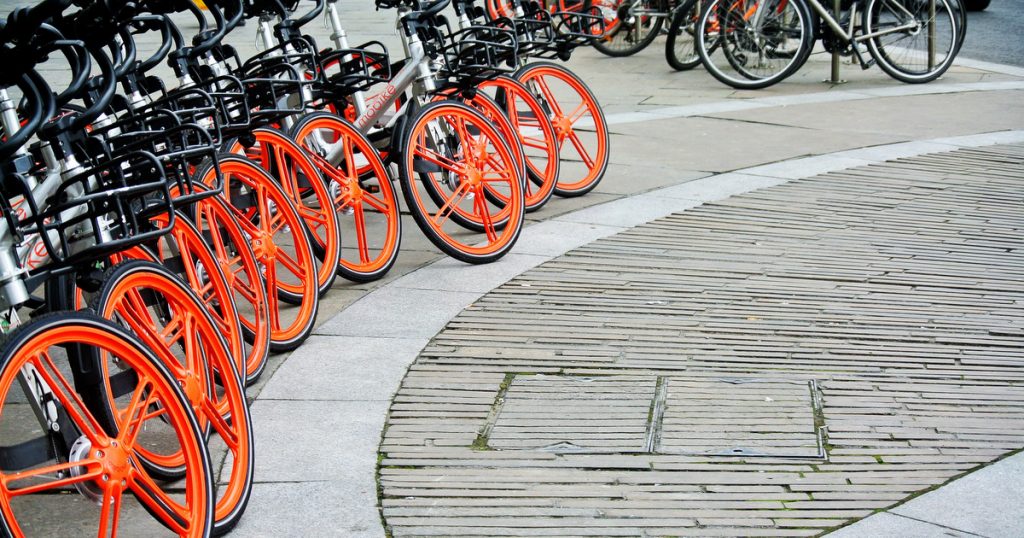
It’s not often that we find positive news about cycling in Australia; after all, only 1.1% of Australian commuters choose cycling as their transport mode (Census 2016). However, we have been pleasantly surprised to hear about the share bike uptake in Sydney. “Over 22,000 share bike trips are being made across Sydney each week – […]
Barcelona’s Superblocks – two years later

Have you heard about Barcelona’s “Superblocks”? We posted in the past about Barcelona’s initiative to encourage active transport by creating “Superblocks”, areas where vehicular traffic is limited creating more space for pedestrians and cyclists. The Superblocks are polygon grids measuring 400 by 400 metres where non-resident traffic and on-street parking are not allowed. Inside the […]
Why we don’t need electric vehicle chargers in car parks
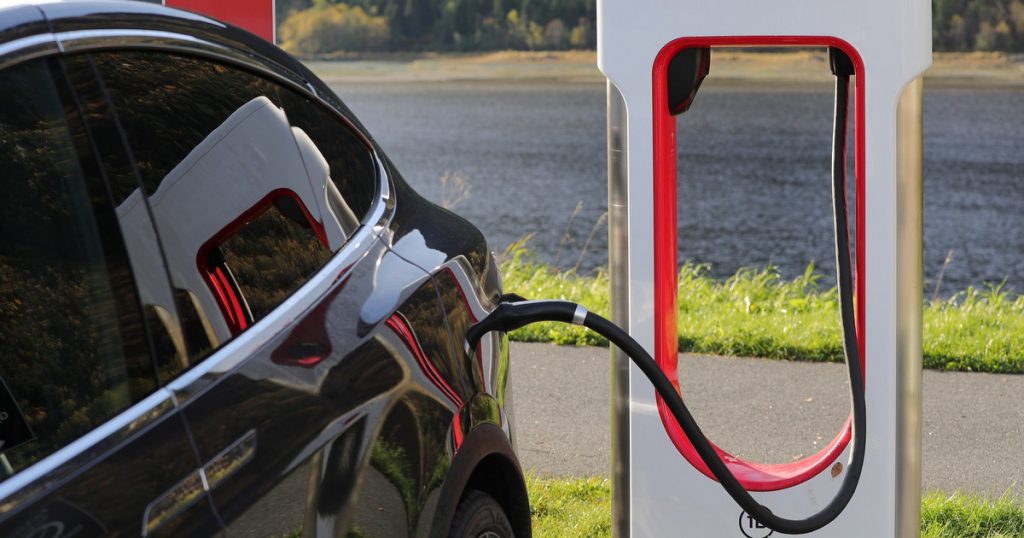
Introduction Electric vehicles (EVs) still represent a small portion of cars on the road in Australia. However, after one year when sales decreased EV sales are on the rise again and, as consumer trends related to sustainability and concern with the environment continue to grow (coupled with changes in regulation), EV might eventually…...
Who owns the city?
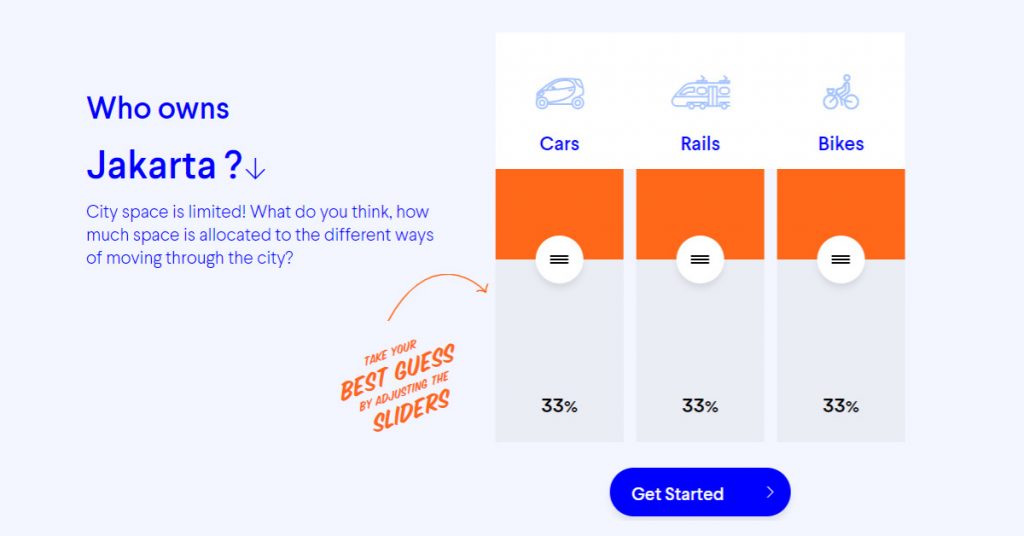
What is the current space allocated to cars in your city? And to bikes and rail? What is the fairest way to share the public space between different mode shares? We have touched on this topic in a previous article Cities are for people. In this article, we detailed the US National Association of City […]
Lane Cove PAMP study
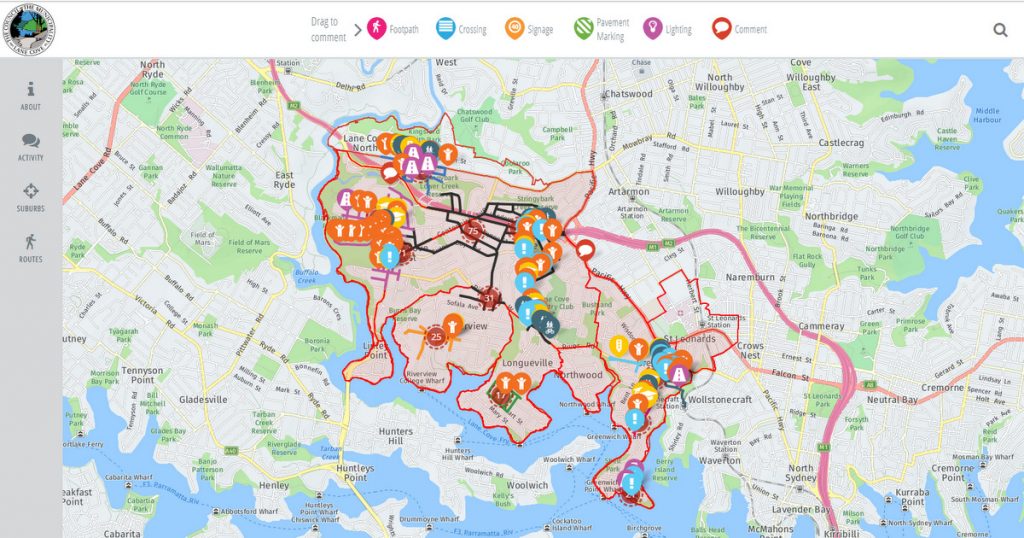
Earlier this year, ptc. was engaged by Lane Cove Council to review and update the 2013 Pedestrian Access and Mobility Plan (PAMP) for the Lane Cove Local Government Area. A PAMP is a comprehensive strategic action plan which allows Council to prioritise its tasks to improve the pedestrian network. The aim of this type […]
Walking and cycling to work may feel longer than it is
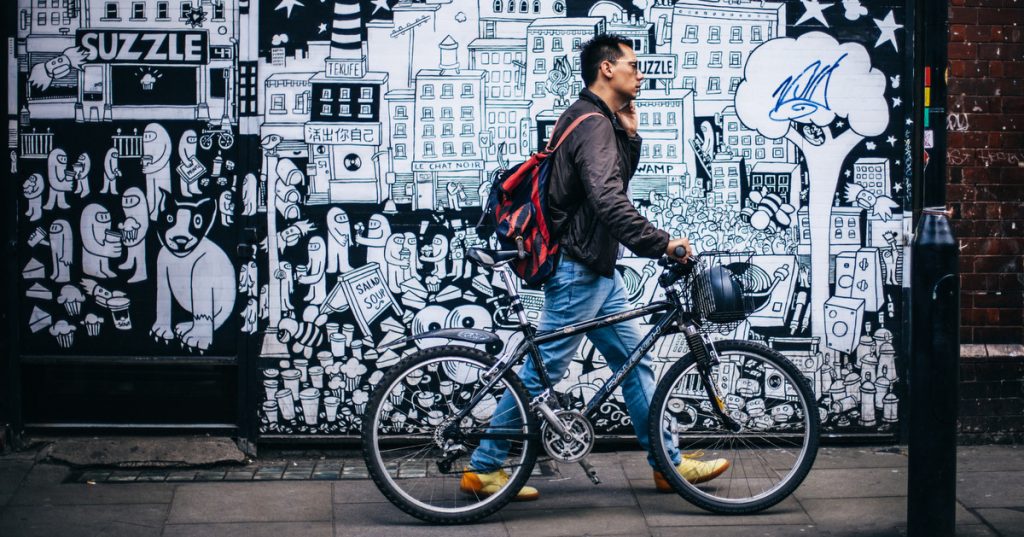
A recently published study, conducted with students and staff members of Pennsylvania State University (Penn State), found that people tend to overestimate the time it takes to walk or cycle to their destination. The issue is that the perceived travel time is often pointed out as one of the barriers to choosing these types of […]
Where are the cyclists and pedestrians?
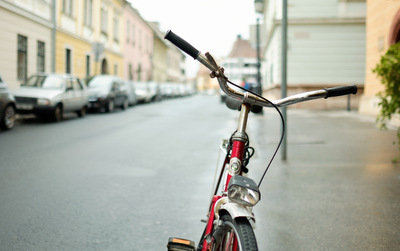
According to 2016 Census data, only 1.1% and 3.9% of Australian commuters chose cycling and walking to work respectively. These active mode rates remained practically constant since the 2011 Census (1.2% and 4.2%). In other capital cities the percentage of commuters walking or cycling ranges from 3.8% (Perth) to 8.4% (Canberra). However, as reported by […]
White Paper; Electric vehicles in Australia

Introduction In Australia, electric vehicles (EVs) still represent a small component of new vehicle sales. In 2016 the EV market share of new vehicle sales was 1.12%, a 5% decrease in relation to 2015 primarily due to the 80% decrease in sales of battery electric vehicles (BEV). Despite some European countries leaping ahead with…...
Encouraging cycling in a local community
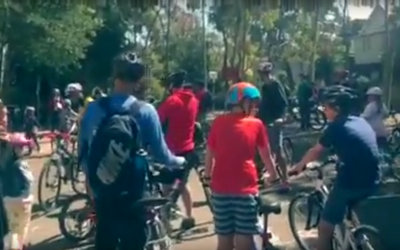
Lane Cove Council recently organised the Big Family Fun Ride, an event designed to encourage bicycle usage. On the 13th of September, the council invited the community to ride from the Epping Road Cycleway and explore the area. The event embraced all kinds of riders offering two routes, one for newbies and another for more experienced […]
Oslo car ban is not an easy task
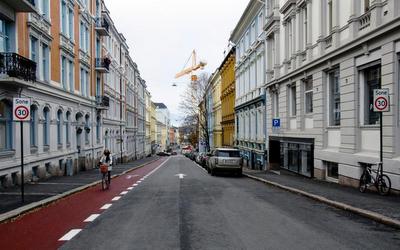
In the post Oslo cuts on-street parking, we presented one of the city’s initiatives to meet its plan of having a car-free centre by 2019. To discourage car usage in the short term, the city opted to promote high-impact and low-cost improvements for cyclists and pedestrians by reducing on-street parking. Although the measure seemed to […]
How cities are restricting private cars to tackle air pollution

Fossil fuelled vehicles are the major culprit when it comes to air pollution in large urban centres. Paris, London, Madrid, Barcelona and Mexico City are some of the cities that are developing plans targeting private cars as part of the solution to improve air quality…. Please Register or Log In for more....
Santiago Wins 2017 Sustainable Transport Award
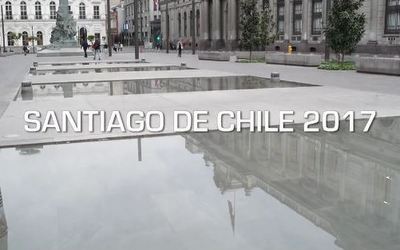
Over the past years, Santiago has faced a great transformation, particularly in the downtown area. The city’s integrated mobility plan focused on improving the way people move around, aiming to improve the equality between the different users which led to less car-centric planning policies. The plan included the exclusive use of downtown streets for public […]
Car-free developments
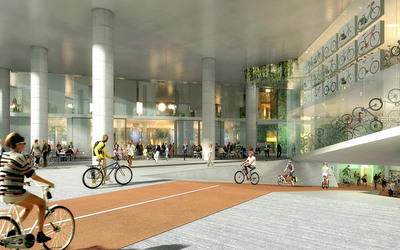
Architects are developing creative and new designs to support different lifestyles as a response to consumers who value sustainability and are willing to give up car ownership. In the Wayfinding Forum Blog, we have posted about innovative designs, such as Oslo Solar and Cykelhuset, which illustrate those kinds of initiatives. Oslo Solar is a new…...
Cyclists’ Dream Building
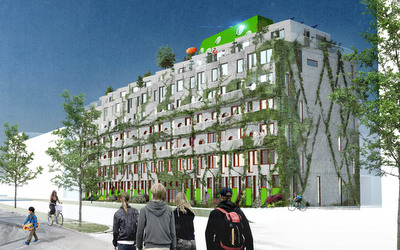
Following the development of the Oslo Solar , a commercial building in Norway that has no car park and 500 parking spaces for bikes, known as the “bike apartments”, the Cykelhuset, or “bicycle house”, will open in Malmö, Sweden this December being the country’s first residential development with no car park spaces as reported by […]
Navigating the future of mobility

The shift from a driver-controlled and personally-owned car system to an autonomous shared vehicle model The future of the automotive industry is in a state of flux, as major shifts in technology and consumer behaviour take place. The industry structure will be particularly affected by the emergence of autonomous cars and the younger generation’s preference…...
5 year old cyclists leading the way in Odense, Denmark
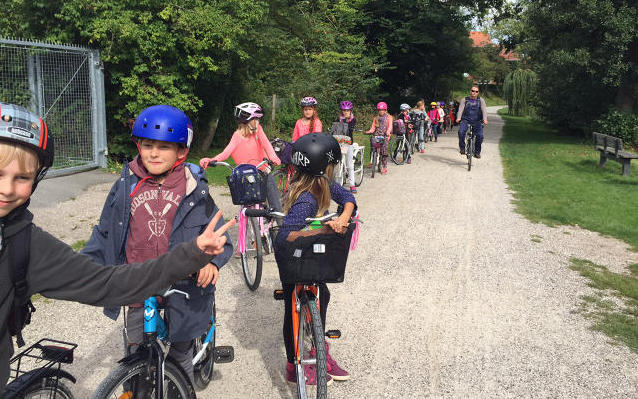
Whilst in Australia parents are reluctant to let their children walk or cycle to school, things are certainly on the move in Denmark. School children in Odense are more likely to show up on a bike at school than be dropped off in a car, as posted in fastcoexist.com Contrary to statistics in Australia where […]
New fines for cyclists could see bikes dumped for cars
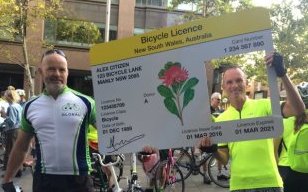
From the 1st March, NSW bike riders will be faced with a bevy of new and increased fines. Riding without a helmet will increase from $71 to $319, riding without ID will cost $106 (abc.net.au), while the penalty for running a red light will increase to $425, according to the SMH. The City of Sydney […]
How Chinese companies are dealing with carpooling

General Motors in China have developed an app to enable their 700 employees to share rides with their colleagues and combine their “employee carpooling program with intelligent mobile technology”. According to carscoops.com the program allows drivers to input their preferred route, departure time and number of seats available, while riders will submit their commuter requests. […]
The woman behind 640km of bike lanes in NYC
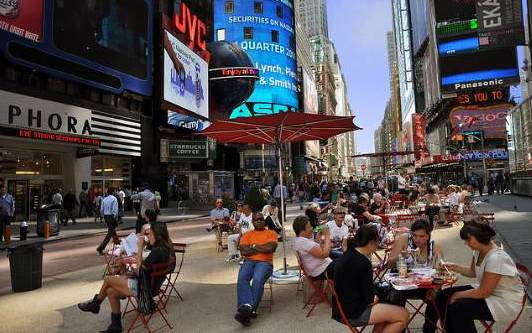
Janette Sadik-Khan, NYC’s recent transportation commissioner, was instrumental in the introduction of over 640 km of bike lanes to the NYC cityscape. She was the driving force behind the impressive makeover of NYC’s Department of Transportation (DOT) from 2007 to 2013 with bikes, cycle paths and a new way of mobility top of mind. As […]
Bikes vs cars – a new film looks at the race for bike mobility in our modern world
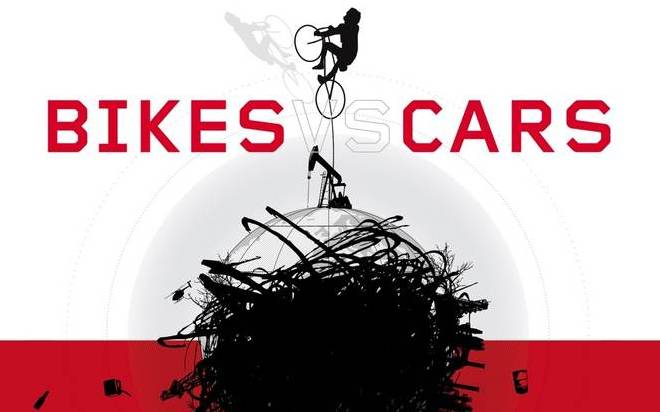
Bikes are more than a tool for recreation and fitness. They are fast becoming the main source of transportation for many communities around the world. But more needs to happen for people to make the initial decision of putting the bike first. A new film by Fredrik Gertten, Bikes vs Cars, looks at the battle […]
Sustainable public transport the key to Shanghai’s bold development program
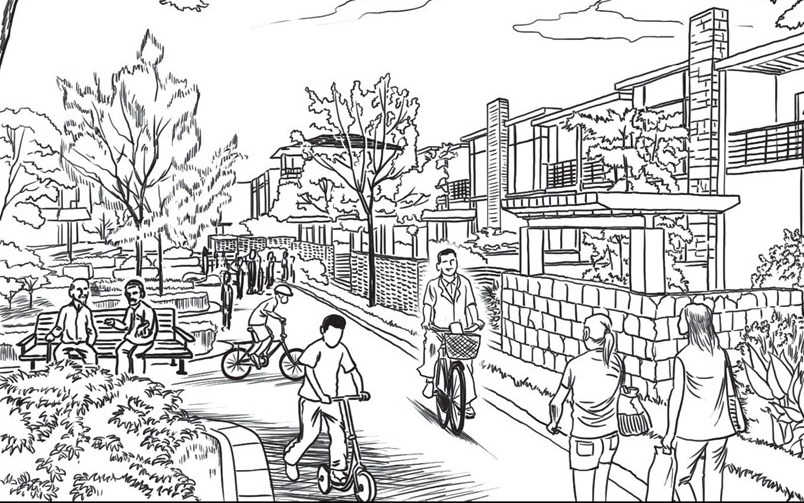
According to ShanghaiDaily.com, the city is set to be developed into a ‘megacity’. However, it will be a long journey for planners and policy makers. The thoughts of local residents resonate with many residents here in Sydney – ‘long commutes and traffic jams’. Planners in both cities are faced with massive challenges to make them […]
